Impacted teeth fail to emerge properly from the gums, causing pain and alignment issues. Wisdom teeth and canines are most commonly affected. When a tooth remains trapped beneath the gums, it pushes against neighboring teeth, causing discomfort and crowding. Impacted teeth also increase the risk of infection, gum disease, and tooth decay. Treating impacted teeth relieves pain and prevents further dental complications. Dentists use extraction, orthodontics, or surgical exposure to treat impacted teeth. Early detection improves treatment success and reduces discomfort. Understanding the causes, symptoms, and treatment options for impacted teeth ensures better dental health. Let’s explore how to treat and manage impacted teeth effectively.
Causes of Impacted Teeth
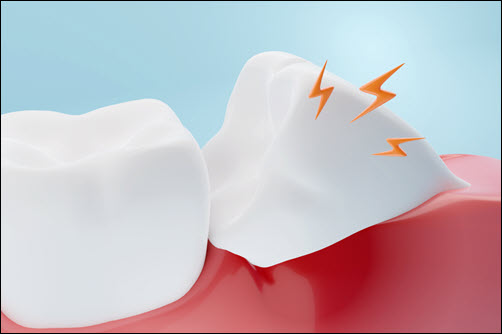 Lack of space in the jaw prevents teeth from erupting properly. Overcrowding causes neighboring teeth to block the path of the erupting tooth. Wisdom teeth often become impacted due to insufficient room in the back of the mouth. Abnormal tooth growth or misalignment increases the risk of impaction. Baby teeth that fail to fall out on time block permanent teeth from emerging. Cysts or tumors in the jawbone may prevent tooth eruption. Poor dental development or genetic factors also contribute to impaction. Understanding the cause of impaction helps target the right treatment. Correcting alignment improves space for proper tooth eruption.
Lack of space in the jaw prevents teeth from erupting properly. Overcrowding causes neighboring teeth to block the path of the erupting tooth. Wisdom teeth often become impacted due to insufficient room in the back of the mouth. Abnormal tooth growth or misalignment increases the risk of impaction. Baby teeth that fail to fall out on time block permanent teeth from emerging. Cysts or tumors in the jawbone may prevent tooth eruption. Poor dental development or genetic factors also contribute to impaction. Understanding the cause of impaction helps target the right treatment. Correcting alignment improves space for proper tooth eruption.
Signs and Symptoms of Impacted Teeth
Pain and swelling near the gums signal an impacted tooth. Red, swollen, or bleeding gums indicate gum irritation or infection. Jaw stiffness and difficulty opening the mouth reflect pressure from the impacted tooth. Headaches and earaches result from jaw strain and misalignment. Increased tooth sensitivity to hot and cold signals pressure on the surrounding teeth. Bad breath and a bad taste in the mouth suggest an infection caused by trapped food and bacteria. Overcrowding and shifting teeth indicate misalignment from the impacted tooth. Early detection of symptoms improves treatment success and prevents further dental damage. Treating symptoms early reduces pain and improves comfort.
Diagnosing Impacted Teeth
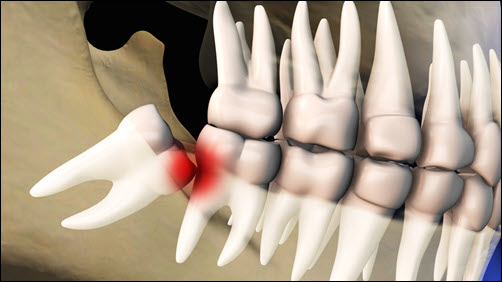 Dentists diagnose impacted teeth using a physical exam and X-rays. A visual exam checks for swelling, redness, and misalignment. X-rays reveal the position of the impacted tooth and its effect on surrounding teeth. Cone beam CT scans provide a 3D view of the jawbone and tooth roots. Dentists assess the risk of infection, nerve damage, and crowding. Early diagnosis prevents complications and increases treatment options. Proper imaging helps dentists plan the most effective treatment. Improved diagnostic tools ensure better accuracy and faster recovery. Early diagnosis increases the chances of successful tooth alignment and long-term dental health.
Dentists diagnose impacted teeth using a physical exam and X-rays. A visual exam checks for swelling, redness, and misalignment. X-rays reveal the position of the impacted tooth and its effect on surrounding teeth. Cone beam CT scans provide a 3D view of the jawbone and tooth roots. Dentists assess the risk of infection, nerve damage, and crowding. Early diagnosis prevents complications and increases treatment options. Proper imaging helps dentists plan the most effective treatment. Improved diagnostic tools ensure better accuracy and faster recovery. Early diagnosis increases the chances of successful tooth alignment and long-term dental health.
Treatment Options for Impacted Teeth
Dentists extract impacted teeth when they cause pain or threaten alignment. Simple extractions work for teeth that have partially erupted. Surgical extractions are needed for fully impacted teeth beneath the gumline. Dentists make a small incision to remove the tooth and reduce pressure. For impacted canines, orthodontists use braces and spacers to create room for eruption. Surgical exposure allows the dentist to attach a bracket and slowly guide the tooth into place. Pain management includes local anesthesia, pain relievers, and cold compresses. Recovery takes about one to two weeks with proper care. Effective treatment restores tooth alignment and reduces discomfort.
Managing Pain and Promoting Healing
After tooth extraction, rest and proper care improve healing. Apply a cold compress to reduce swelling and numb pain. Take over-the-counter pain relievers as directed by the dentist. Avoid hard, crunchy, or sticky foods that may irritate the extraction site. Rinse with warm salt water to reduce inflammation and clean the area. Avoid smoking and using straws, which create suction and may dislodge the blood clot. Maintain proper oral hygiene by brushing gently and avoiding the affected area. Follow all post-treatment instructions for better healing. Proper care reduces pain and prevents complications. Better recovery ensures long-term dental strength and comfort.
Preventing Future Impaction
Regular dental checkups detect early signs of tooth crowding and misalignment. Dentists monitor tooth development with X-rays and adjust treatment if needed. Early orthodontic treatment creates space for proper tooth eruption. Removing baby teeth on time prevents blockages and improves permanent tooth alignment. Wearing a mouthguard reduces jaw pressure and prevents tooth shifting. Correcting bite alignment reduces strain on emerging teeth and prevents impaction. Proper oral hygiene reduces gum inflammation and improves tooth positioning. Early intervention prevents impaction and reduces the need for surgical treatment. Better dental alignment improves overall bite strength and comfort.
Impacted teeth cause pain, swelling, and misalignment if left untreated. Early signs include gum swelling, jaw pain, and increased tooth sensitivity. Dentists diagnose impaction using X-rays and physical exams. Treatment includes extraction, orthodontics, and surgical exposure. Pain management and proper care improve recovery and reduce complications. Early orthodontic treatment and proper dental care prevent future impaction. Treating impacted teeth restores proper tooth alignment and improves bite strength. Investing in early diagnosis and treatment ensures long-term dental health and comfort. Stronger teeth and better alignment create a healthier, more confident smile.
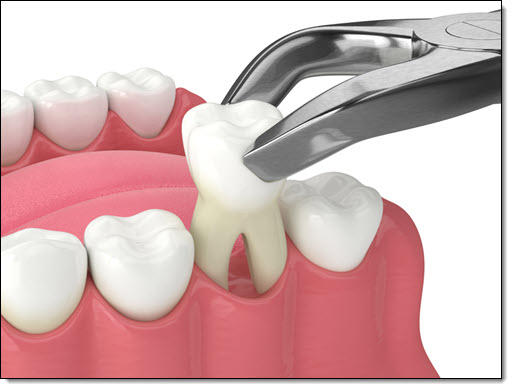 The initial day is crucial for clot formation, which protects the healing socket. Patients should bite gently on gauze to control bleeding and avoid disturbing the clot. Rest is essential—strenuous activity may increase bleeding. Cold compresses reduce swelling, while prescribed or over-the-counter medication manages pain. Hydration supports recovery, but patients must avoid straws, which can dislodge the clot.
The initial day is crucial for clot formation, which protects the healing socket. Patients should bite gently on gauze to control bleeding and avoid disturbing the clot. Rest is essential—strenuous activity may increase bleeding. Cold compresses reduce swelling, while prescribed or over-the-counter medication manages pain. Hydration supports recovery, but patients must avoid straws, which can dislodge the clot.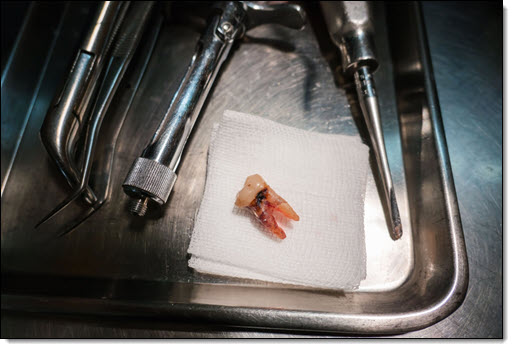 Oral hygiene remains important, but brushing directly over the extraction site should be avoided. Gentle rinsing with warm salt water after 24 hours reduces bacteria and promotes healing. Patients should resume normal brushing and flossing carefully, avoiding trauma to the healing area.
Oral hygiene remains important, but brushing directly over the extraction site should be avoided. Gentle rinsing with warm salt water after 24 hours reduces bacteria and promotes healing. Patients should resume normal brushing and flossing carefully, avoiding trauma to the healing area.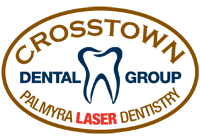
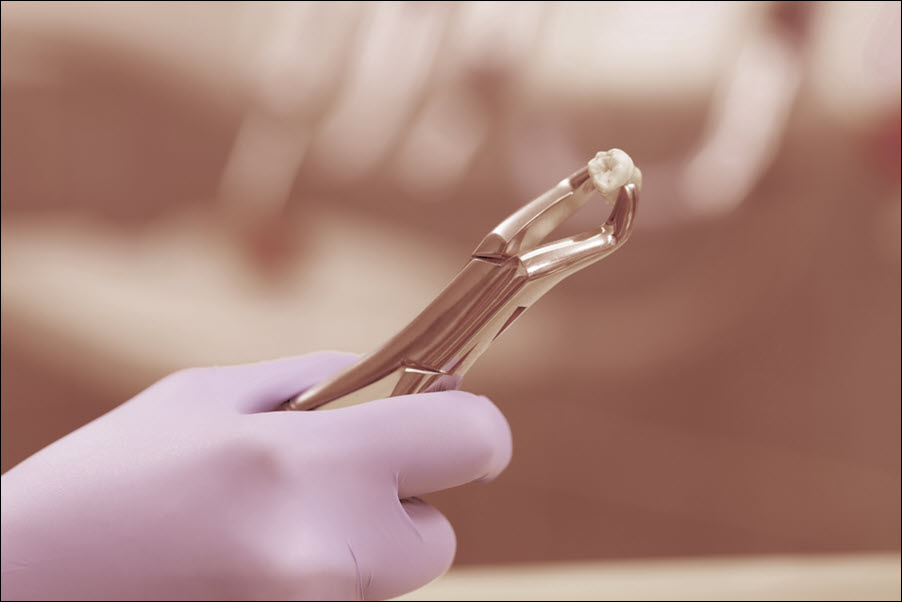
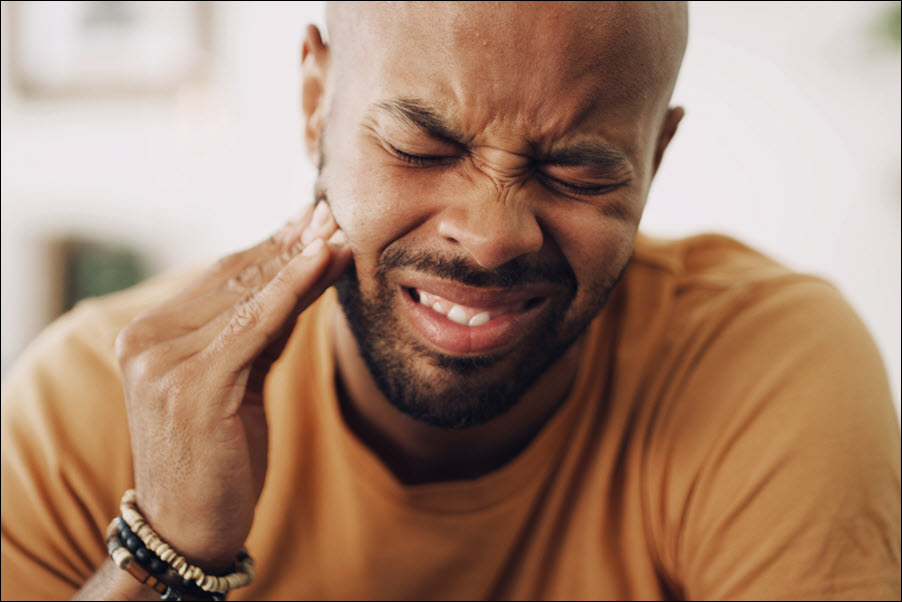
 Lack of space in the jaw prevents teeth from erupting properly. Overcrowding causes neighboring teeth to block the path of the erupting tooth. Wisdom teeth often become impacted due to insufficient room in the back of the mouth. Abnormal tooth growth or misalignment increases the risk of impaction. Baby teeth that fail to fall out on time block permanent teeth from emerging. Cysts or tumors in the jawbone may prevent tooth eruption. Poor dental development or genetic factors also contribute to impaction. Understanding the cause of impaction helps target the right treatment. Correcting alignment improves space for proper tooth eruption.
Lack of space in the jaw prevents teeth from erupting properly. Overcrowding causes neighboring teeth to block the path of the erupting tooth. Wisdom teeth often become impacted due to insufficient room in the back of the mouth. Abnormal tooth growth or misalignment increases the risk of impaction. Baby teeth that fail to fall out on time block permanent teeth from emerging. Cysts or tumors in the jawbone may prevent tooth eruption. Poor dental development or genetic factors also contribute to impaction. Understanding the cause of impaction helps target the right treatment. Correcting alignment improves space for proper tooth eruption. Dentists diagnose impacted teeth using a physical exam and X-rays. A visual exam checks for swelling, redness, and misalignment.
Dentists diagnose impacted teeth using a physical exam and X-rays. A visual exam checks for swelling, redness, and misalignment.